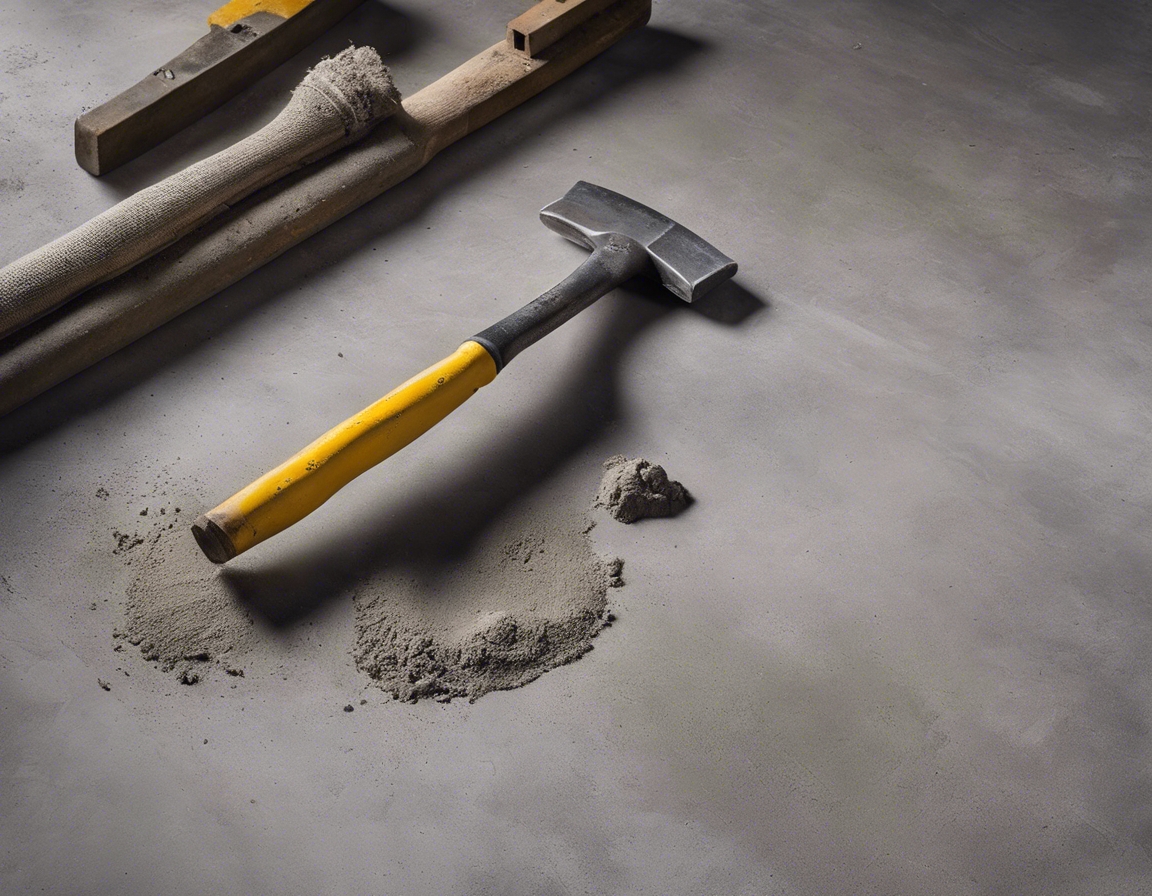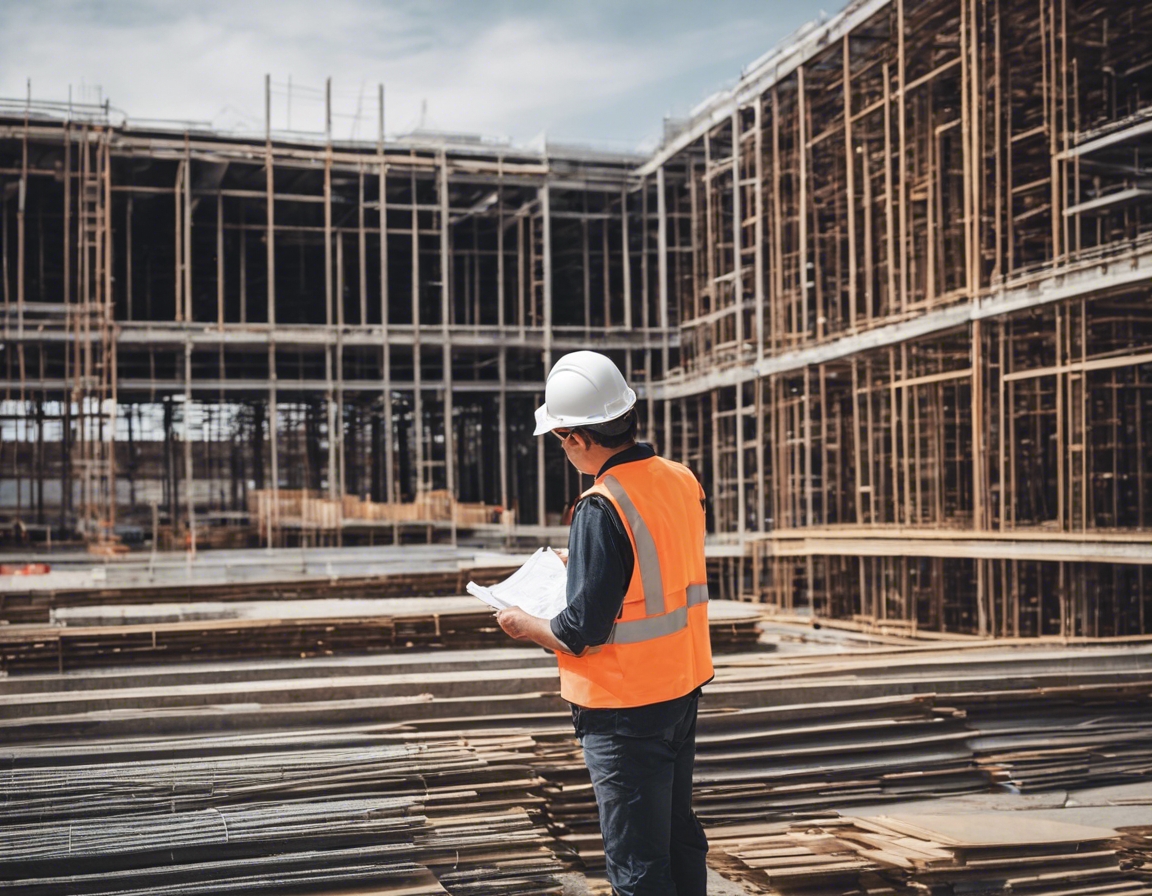Sustainable practices in concrete floor casting
The construction industry stands at a crossroads of development and environmental stewardship. With the growing emphasis on sustainability, it's imperative for companies to adopt practices that not only meet today's needs but also protect future generations. Sustainable concrete floor casting is one such practice that marries structural integrity with ecological responsibility.
Concrete floor casting is a critical process in the construction of industrial, commercial, and public infrastructure. It involves pouring concrete into molds to form strong, level floors that can withstand heavy loads and traffic. The traditional methods, however, often overlook the environmental impact of the materials and processes used.
Key Sustainable Practices in Concrete Floor Casting
One of the foremost steps in sustainable concrete floor casting is the use of eco-friendly concrete mixes. These mixes incorporate recycled materials such as fly ash, slag, and recycled aggregates, reducing the reliance on virgin materials and minimizing the carbon footprint of the concrete.
Reinforcement is essential for the strength and longevity of concrete floors. Sustainable practices include using recycled steel or alternative reinforcement materials like fiber-reinforced polymers, which offer durability without the environmental toll of traditional steel production.
Efficiency in resource use is a pillar of sustainability. By optimizing the design and using precise calculations, companies can minimize waste during casting. Additionally, reusing formwork and recycling excess concrete contribute to a more sustainable construction process.
Curing is a vital step in achieving the desired strength and durability of concrete floors. Sustainable curing practices include using insulated blankets or curing compounds that reduce energy consumption compared to traditional steam curing methods.
Innovative formwork systems that are reusable and easy to dismantle not only save time but also reduce waste. These systems can be adjusted for different projects, promoting a circular economy within the construction industry.
Technological Innovations Enhancing Sustainability
Advanced software solutions enable precise planning and execution of concrete floor casting. These tools help in reducing over-ordering and optimizing material usage, leading to less waste and a more sustainable construction process.
Automation in concrete casting not only improves efficiency but also ensures consistency in quality. Automated machinery can precisely place and finish concrete, reducing the need for manual labor and the potential for errors that lead to waste.
Adhering to green building certifications and standards is a testament to a company's commitment to sustainability. These standards guide the use of materials, energy efficiency, and overall environmental impact, pushing the industry towards more sustainable practices.
Benefits of Adopting Sustainable Practices
While sustainable practices may require an initial investment, they lead to significant long-term cost savings. Reduced material waste, lower energy consumption, and increased durability all contribute to a more cost-effective project lifecycle.
Sustainable concrete floors are not just good for the environment; they also offer improved performance. Eco-friendly materials and practices can enhance the durability and lifespan of concrete floors, reducing the need for frequent repairs or replacements.
Companies that embrace sustainable practices in concrete floor casting demonstrate corporate responsibility, which can significantly enhance their brand image. This commitment to sustainability can attract clients who value environmental stewardship and responsible construction practices.







Comments (0)